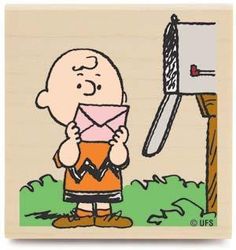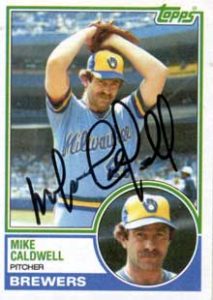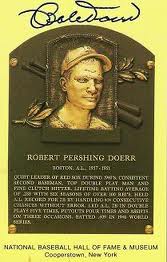
While we’re waiting for Major League Baseball to resume, let it be known that Baseball By the Letters is back!
First of all, here’s an update from “The Original One.” Yes, THAT Frank Thomas. The three-time All-Star, now age 91, briefed me with a fun weekend phone conversation.
Through-the-mail autograph collectors haven’t forgotten Thomas. “I’m getting 6 to 10 letters a day,” he said. Thomas said that nearly every autograph request comes with his requested $5 donation. “I think I’m getting third- and fourth generation requests. I signed for kids who became parents. Their kids write me, too. It’s like a continuing cycle.”
Thomas uses autograph donations to support two charities benefiting kids with cancer. Famed Buffalo Bills quarterback Jim Kelly encountered Thomas at a golf tournament in the 1990s. He invited Thomas to go with him on a hospital visit to a kids’ cancer ward. Since then, Thomas has kept up a correspondence with young cancer survivors he’s met. Of course, letters from young patients who’ve become healthy adults give Thomas tons of satisfaction.
Anyone enclosing an extra card for Thomas in an autograph request letter should be pleased to know that Thomas shares autograph cards at hospital visits with any young patient who wants one.
Collectors who listen to sports radio have found Thomas as a guest throughout the years. His insights about baseball make him sound like he’s ready to take the field for the 2020 season.
If there is a season, “It scares me,” Thomas said. “What if one player gets the virus? Then, there goes the whole team. Owners are trying to keep TV revenue for this year. However, I don’t think players will be eager to take the risk.”
Concerning lost player wages, Thomas added: “I’d always have my salary spread over the whole year. That way, I’d have something to feed the kids with.”
Since the start of his career in 1951, Thomas always considered autographs part of his job. “I never went to movies on the road,” he said. “I always thought movies would hurt my eyes. So, I brought bags of fan mail with me.”
That same attitude translated to in-person signings, too. “My wife sat in the car with all the kids for two hours after home games at Forbes Field,” Thomas (father of eight) remembered. “They knew that I pledged to sign an autograph for anyone who asked (as long as everyone lined up). I’d stay at the ballpark until the last fan who asked got his autograph.”
These days, Thomas sells autographed photos to help his charities, too. For $10, Thomas offers a photo of himself with 18 ex-Pirates, or a picture of the Sports Illustrated cover that made him the first-ever Pirate to appear on the magazine.
For $12, Thomas will sign and send a photo showing all of his baseball cards through the years. The rarest photo he offers is a “back to back to back to back” shot from 1961. On June 8, 1961, Cincinnati Reds pitchers gave up four consecutive homers to four Milwaukee Braves: Eddie Mathews, Hank Aaron, Joe Adcock, then Thomas. The autographed version costs $22.
To get an autograph, send your donation and a SASE to Frank Thomas, 4202 Lenox Oval, Pittsburgh, PA 15237-1659.



